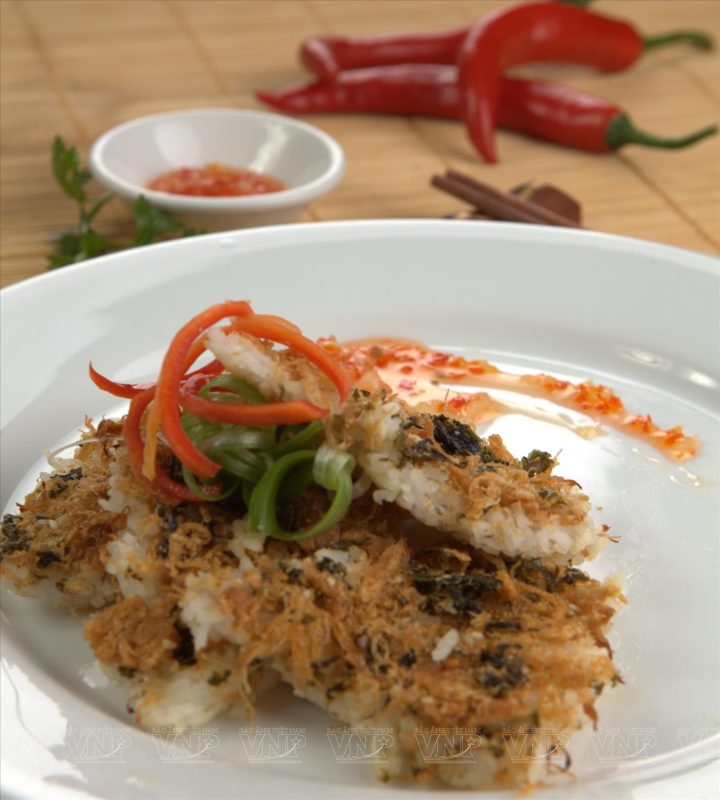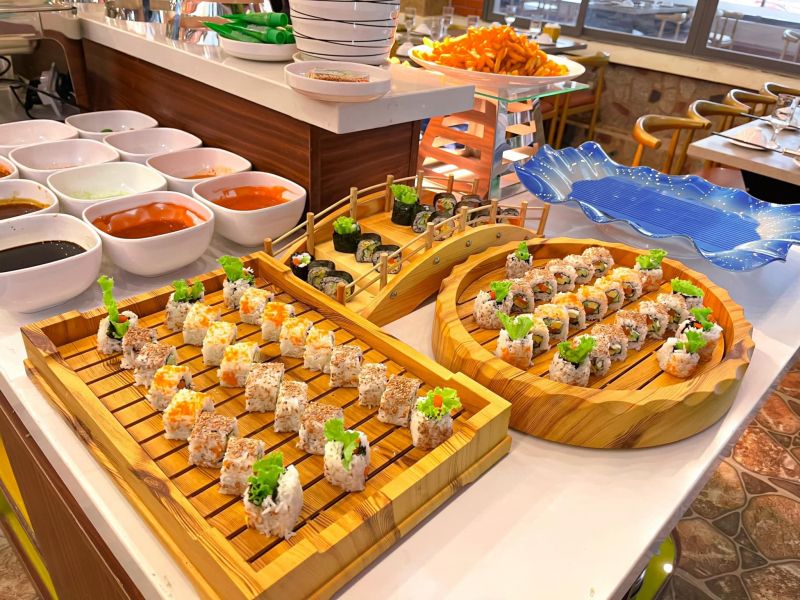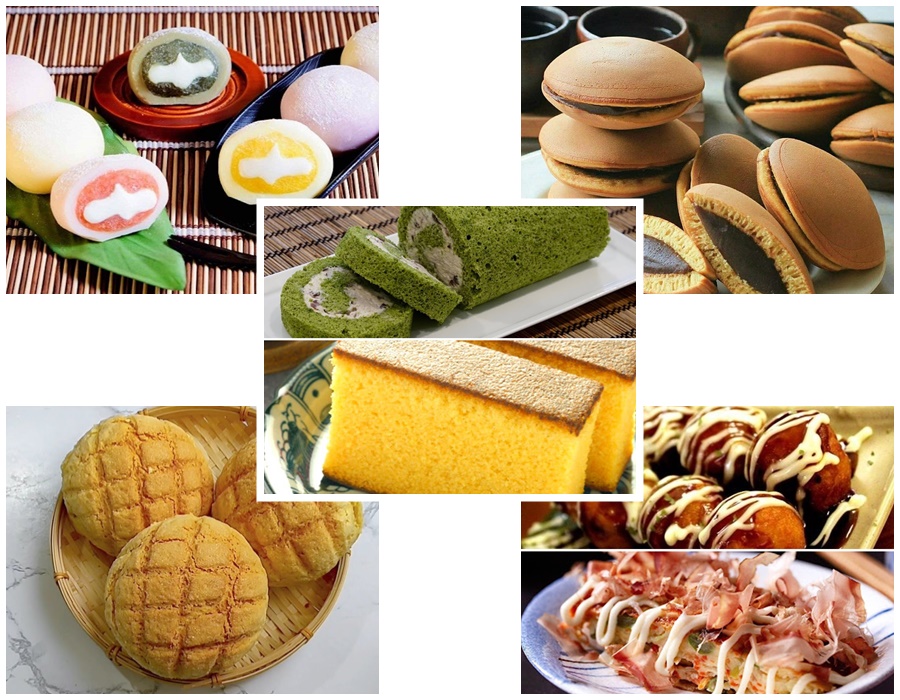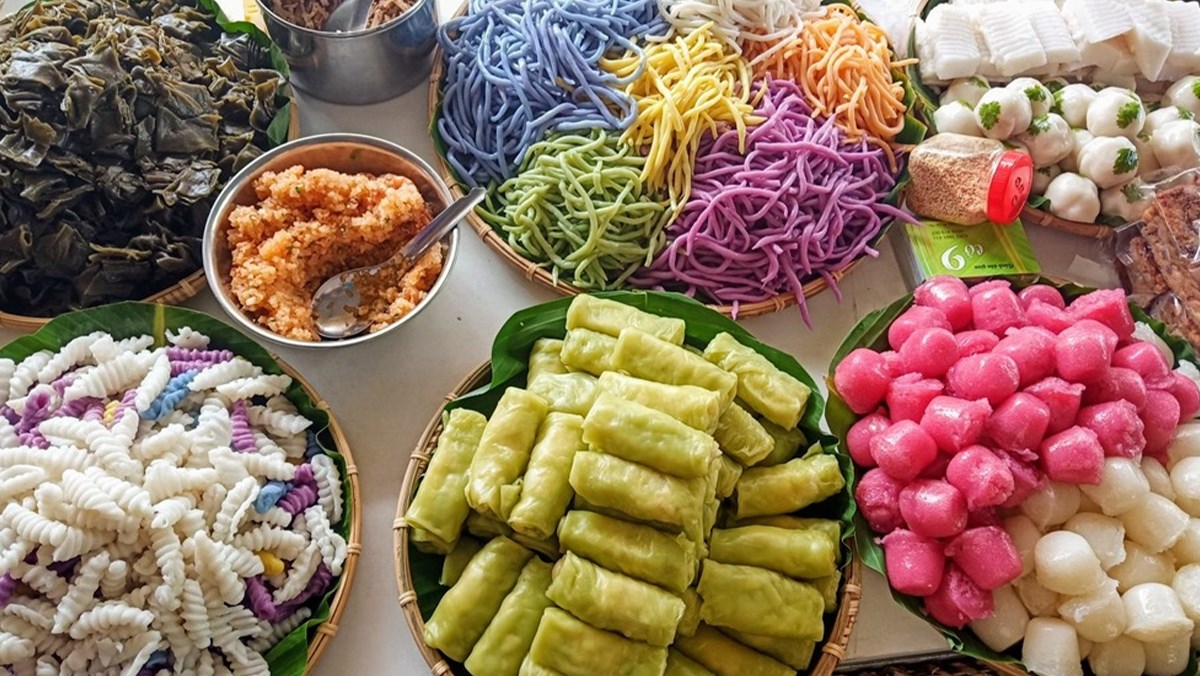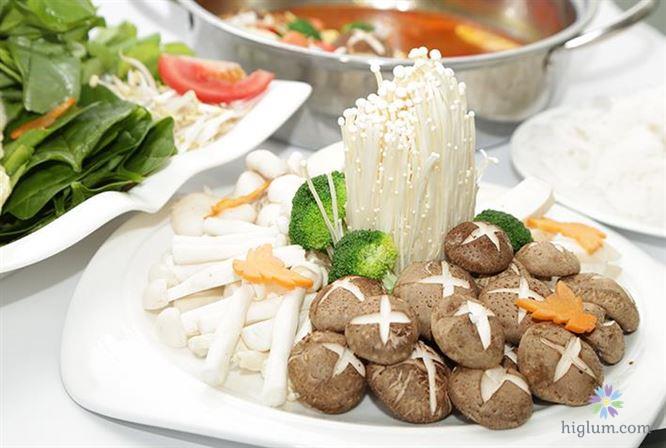No products in the cart.
Khám Phá Bí Mật Của Muroran Yakitori Nhật Bản: Công Thức Và Nguyên Liệu Muroran yakitori, một món ăn đường phố phổ biến ở Nhật Bản, là một món ngon khó cưỡng lại. Với hương vị độc đáo, kết hợp giữa vị ngọt của thịt và nước sốt đậm đà, muroran yakitori đã thu hút […]


